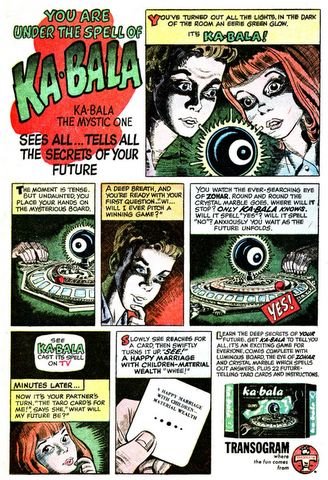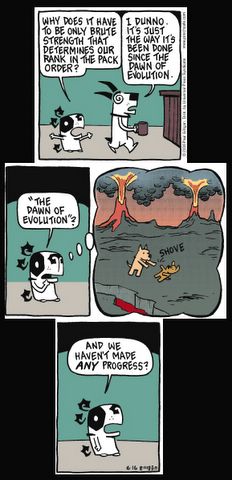Sunday, June 18, 2006
Saturday, June 17, 2006
Vampire Bats Recognize Prey’s Breathing
Vampire bats, the only mammals to feed exclusively on blood, including human blood, recognize their prey by the sound of its breathing. In a new study vampire bats of the species Desmodus rotondus could recognise recorded human breathing sounds much better than human participants could. Vampire bats feed on the same prey over several nights and the authors of the study propose that the bats use breathing sounds to identify their prey in the same way as humans use voice to recognise each other.
In a study two vampire bats were taught to associate recordings of different humans breathing with different cattle blood dispensers, providing food rewards. They were then played short clips of people breathing and had to associate them with the correct individual by going to the correct dispenser. Four human participants were asked to associate the same short clips with the correct individual.
The vampire bats were able to spontaneously associate the clips with the particular individuals, regardless of whether the individual was recorded breathing at rest or breathing while under physical strain. The human participants were also able to recognise some clips, but they were unable to recognise the clips of breathing recorded under physical strain.
Ref: Classification of human breathing sounds by the common vampire bat, Desmodus rotundus. 2006. L. Wiegrebe and U. Groeger. BMC Biology 2006 4: 18
In a study two vampire bats were taught to associate recordings of different humans breathing with different cattle blood dispensers, providing food rewards. They were then played short clips of people breathing and had to associate them with the correct individual by going to the correct dispenser. Four human participants were asked to associate the same short clips with the correct individual.
The vampire bats were able to spontaneously associate the clips with the particular individuals, regardless of whether the individual was recorded breathing at rest or breathing while under physical strain. The human participants were also able to recognise some clips, but they were unable to recognise the clips of breathing recorded under physical strain.
Ref: Classification of human breathing sounds by the common vampire bat, Desmodus rotundus. 2006. L. Wiegrebe and U. Groeger. BMC Biology 2006 4: 18
Abbott & Costello Meet Bela Lugosi
Heat Vision and Jack
Take one super-intelligent astronaut on the run (Jack Black), add one talking motorcycle (Owen Wilson), mix in some Six-Million Dollar Man goofiness via Ben Stiller, and you get 30 minutes of super 70's Sci-Fi Cheese-O-Rama goodness!
Watch the first and only episode:
Friday, June 16, 2006
Arctic Scientists Investigate Alien-Like Glacier

Unusual sulfur springs on Ellesmere Island suggests how live may evolve on other planets
A scientific expedition to a remote glacier field in Canada's High Arctic may help researchers unlock the secrets about the beginning of life and provide insights for future exploration of our solar system.Scientists will study a sulfur-spewing spring on the surface of an ice field not far from the North Pole this summer. The geological oddity is home to a unique form of bacteria that has adapted to thrive in a cold and sulfur-rich environment.
"This is a very unusual feature on the earth's surface and it's an extreme ecosystem that could be a good model for how life first begins in a harsh environment."
The spring has also attracted the attention of the Canadian Space Agency and NASA, which are helping to fund the expedition, because it likely provides the best example on Earth for the conditions believed to exist on the surface of Jupiter's moon Europa. Ice-covered Europa is considered one of the best candidates for finding evidence of life on other planets within our solar system. Link

Pete Von Sholly's 'Space Thing'
The figure is conveniently small (approximately 4 1/2 inches), pre-painted, and easy to pop together with a great-looking, Aurora-inspired display box.
Available now HERE. ISBN: 1-59617-325-4
Thursday, June 15, 2006
Ben Franklin Discovers Electricity

On this day in 1752, Ben Franklin's kite-flying experiment proved lightning and electricity were related while flying a kite with a key attached. In Sept. 1752, he equipped his house with a lightning rod, connecting it to bells that ring when rod is electrified. He explained how to perform a kite experiment in the 19 Oct 1752 issue of the Pennsylvania Gazette.
In July 1750 he devised an experiment involving a sentry-box with a pointed rod on its roof, to be erected on hilltop or in church steeple, with rod attached to a Leyden jar which would collect the electrical charge, and thus prove lightning to be a form of electricity. Link
Subscribe to:
Comments (Atom)






